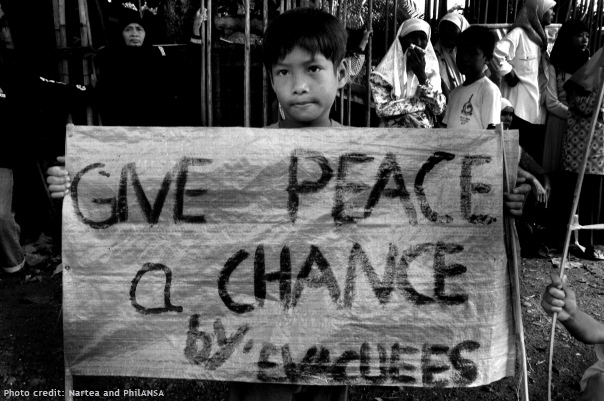The money trail back to Bangladesh
We are finally making headway in locating portions of the $81 million stolen from Bangladesh and siphoned into the Philippines.
So far we have confirmed that Solaire Resort & Casino received P1.365 billion ($30 million) and Eastern Hawaii Leisure Company, owned by casino junket operator Kim Wong, received P1 billion ($23 million) of the stolen money.
Based on money transfer firm PhilRem’s testimony before the committee, it was alleged that around $30.64 million, broken down to $18 million and P600 million, was delivered to Weikang Xu over 6 tranches.
It was only during the Senate hearing last March 29 that we were able to dissect further the location of a portion of the stolen money with the testimony of Kim Wong.
Wong contested PhilRem’s testimony and claimed that they only released P400 million and $5 million over 4 tranches.
Wong also testified to receiving P1 billion from Philrem: P450 million ($9.7 million), which he accepted as payment for a debt of one Shuhua Gao, and P550 million entered to Midas Hotel and Casino. However, of the P550 million, P510 million was lost to Midas and only P40 million is left.
Since his statement, Wong has already turned over P38 million ($863,000) and $4.63 million to the Anti-Money Laundering Council (AMLC) for safekeeping. He has also stated his willingness to return the P450 million or $9.7 million paid to him to cover Gao’s debt, but requested for a month to deliver.
Today, a total of about $5.5 million has already been reclaimed from Wong. And once he is able to return the additional $9.7 million, we will have recovered $15.2 million of the $81 million stolen from Bangladesh.
On the other hand, PhilRem offered to return the P10.47 million (about $232,000) representing the fee they purportedly received for conducting the transactions. However, this was rejected by Bangladesh.
In the case of Bloomberry Resorts, operator of Solaire, they’ve stated that they were able to freeze $2.33 million or P107 million of the stolen money in their casino – another amount we can add to the pot for Bangladesh, should they agree to turn it over.
We will continue to probe the money trail through Solaire and will seek to verify if there is still recoverable dirty money in Midas.
Plus, there is the issue of the other junket operators that are still in the process of confirming receipt of over P1 billion from Solaire.
In the next few weeks, we should be able to pinpoint the rest of the illicit funds so we can return as much as we can to Bangladesh.
The AMLC already said that it is within their powers to reclaim money that is laundered ‘regardless of where the money went. However, they would need to go through a court process and the necessary legal proceedings, which will inevitably take time.
The question is whether these institutions will contest a possible civil forfeiture of laundered money still within their coffers.
If I were them, instead of fighting the court case, I would, in good faith, turn over to the AMLC all illicit funds that coursed through their internal systems.
“Yung maduming pera, dapat ibalik,” said Wong. We can hope everyone shares this sentiment.
This flagrant crime perpetrated in our shores with the involvement of Philippine individuals and institutions has tarnished our country’s reputation and now the world is watching our every move.
A crucial step in redeeming ourselves is to return as much of the stolen money to Bangladesh at the soonest possible time.
Are you following the investigation of the stolen $81 million from Bangladesh? Whose story do you believe? What questions would you ask the resource persons?
First Published on Manila Bulletin

Recent Comments